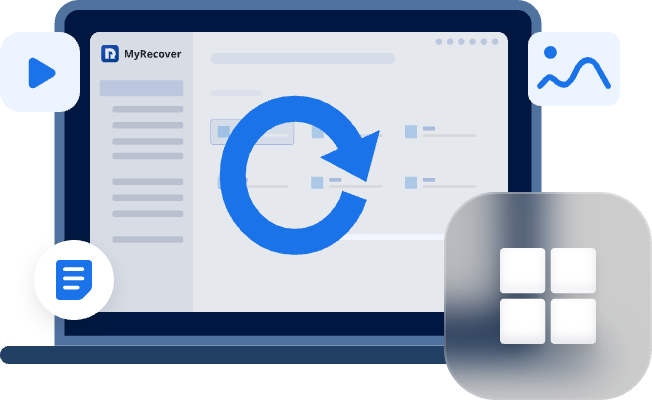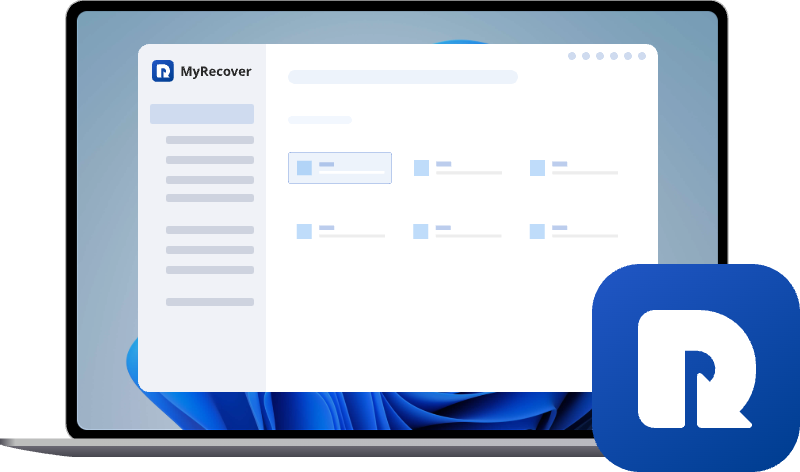Convert RAW to FAT32 Without Losing Data
Want to know how to convert RAW to FAT32 without losing data? This article shares proven ways to fix RAW partitions, recover your files, and reformat your drive securely—no data loss guaranteed. Ideal for external hard drives, SD cards, and USB flash drives.
Introduction
Have you ever plugged in your USB or external hard drive and seen “The drive is not accessible. The file system is RAW”? That sinking feeling is all too familiar — your files seem to have vanished into thin air. But don’t panic! This guide will walk you through how to convert RAW to FAT32 without losing your data, step by step.
We’ll talk about what RAW and FAT32 mean, why drives turn RAW, and—most importantly—how to get your files back safely before converting your drive.
Understanding RAW and FAT32 File Systems
What is RAW File System?
A RAW file system basically means your drive has lost its proper format. Windows can’t recognize it as NTFS, FAT32, or exFAT, so it just labels it "RAW". In short, the data is still there, but your system doesn’t know how to read it.
What is FAT32 File System?
FAT32 (File Allocation Table 32) is a widely compatible file system used by USB drives, SD cards, and older devices. It works on Windows, macOS, and even gaming consoles. However, it has one limitation—individual files can’t exceed 4GB.
Why a Drive Becomes RAW
A drive turns RAW for several reasons:
- Sudden power failure.
- Improper ejection of drives.
- Interrupted formatting or system crash.
- Bad sectors are developing over time.
- Unstable connection (loose USB ports or cables).
- Virus or malware attacks are altering system files.
When this happens, your drive can’t be accessed normally until it’s repaired or reformatted.
Can You Convert RAW to FAT32 Without Losing Data?
Here’s the truth: you can’t directly convert RAW to FAT32 without risking data loss — unless you recover your data first.
What Happens When You Format RAW Drive
When you format a RAW drive to FAT32, all existing data gets wiped out. The drive becomes usable again, but your old files vanish unless you’ve recovered them beforehand.
Why You Need to Recover Data First
Data recovery software scans the RAW drive and retrieves files before any formatting occurs. This way, you can convert your drive safely after saving your important data elsewhere.
First Step: Recover Data from RAW Drive
Before you try to fix the RAW issue, let’s rescue your files. This is the most crucial step if you want to avoid permanent data loss. MyRecover is a user-friendly and effective solution for RAW drive recovery. It supports recovering files from RAW, corrupted, or formatted drives with a high success rate.
Key Features:
- Supports RAW, NTFS, FAT32, exFAT, and more.
- Recovers deleted or lost files quickly.
- Offers preview before recovery.
- Works for hard drives, SSDs, USBs, and memory cards.
Step 1: Download and Install Data Recovery Software
Download and install MyRecover on your computer (avoid installing it on the RAW drive). Launch the program once installed.
Step 2: Scan the RAW Drive
Select your RAW drive from the main interface. Click Scan. The software will perform a quick scan. You can also choose a deep scan to locate all recoverable data.
Step 3: Preview and Recover Files
Once the scan completes, you can preview your files. Select the data you need and click Recover. Save them to a different storage device (not the RAW drive).
Next Step: Convert RAW to FAT32 Without Losing Data Now
After recovering your data, it’s finally safe to move to conversion.
Method 1: Convert RAW to FAT32 Using Disk Management
Now that your data is secure, you can format your drive to FAT32 and make it usable again.
1. Right-click on This PC → Select Manage → Disk Management.
2. Locate the RAW partition.
3. Right-click it and choose Format.
4. Set the File System to FAT32.
5. Give it a Volume Label (optional).
6. Click OK to start formatting.
Your drive will now be converted to FAT32, ready for use.
| Pros | ✅Built-in Windows feature ✅No third-party tool required |
| Cons | ❌All data is erased (unless recovered first) ❌Doesn’t always fix severely corrupted drives |
Method 2: Convert RAW to FAT32 Using CMD (DiskPart)
If Disk Management fails to format the drive, you can use the Command Prompt method.
1. Type cmd in Windows Search.
2. Right-click and select Run as Administrator.
3. Enter these commands one by one:
diskpart
list disk
select disk X (replace X with your RAW drive number)
list volume
select volume Y (replace Y with the RAW volume number)
format fs=fat32 quick
exit
❗Important Warnings
- The format command erases all data on the drive.
- Always recover your data before running DiskPart.
- One small typo in command lines can affect the wrong drive — double-check!
Method 3: Convert RAW to FAT32 Using Third-Party Tool
If both Disk Management and CMD seem intimidating, third-party partition tools make it a breeze. AOMEI Partition Assistant is the best tool for error-checking, partition repair, and even cloning options, making it perfect for both beginners and tech-savvy users.
1. Download and launch AOMEI Partition Assistant.
2. Locate the RAW partition.
3. Right-click it → Select Format Partition.
4. Choose FAT32 as the file system.
5. Click Apply → Proceed.
That’s it! Your RAW drive will be formatted to FAT32 safely.
Tips to Prevent Drive from Becoming RAW Again
Once you’ve fixed your drive, take a few extra steps to prevent this headache from returning.
Always Safely Remove External Devices
Unplugging your USB or hard drive while data is being transferred is a quick way to corrupt it. Always use "Safely Remove Hardware" before disconnecting.
Regularly Check for Disk Errors
Run CHKDSK or use disk repair tools occasionally. They can detect and fix bad sectors early. >> Look here if CHKDSK is not available for raw drives.
Keep Backups of Important Files
The best protection against data loss? Backups. Use cloud storage or another external drive to duplicate your most valuable files.
Conclusion
Dealing with a RAW drive can be stressful, especially when you fear losing all your files. But now you know the right steps to take. The key takeaway? Recover your data first, then format to FAT32 using one of the safe methods above.
Whether you use MyRecover, Disk Management, CMD, or AOMEI Partition Assistant, the goal is the same: get your data back and restore your drive to working condition without unnecessary risk.


